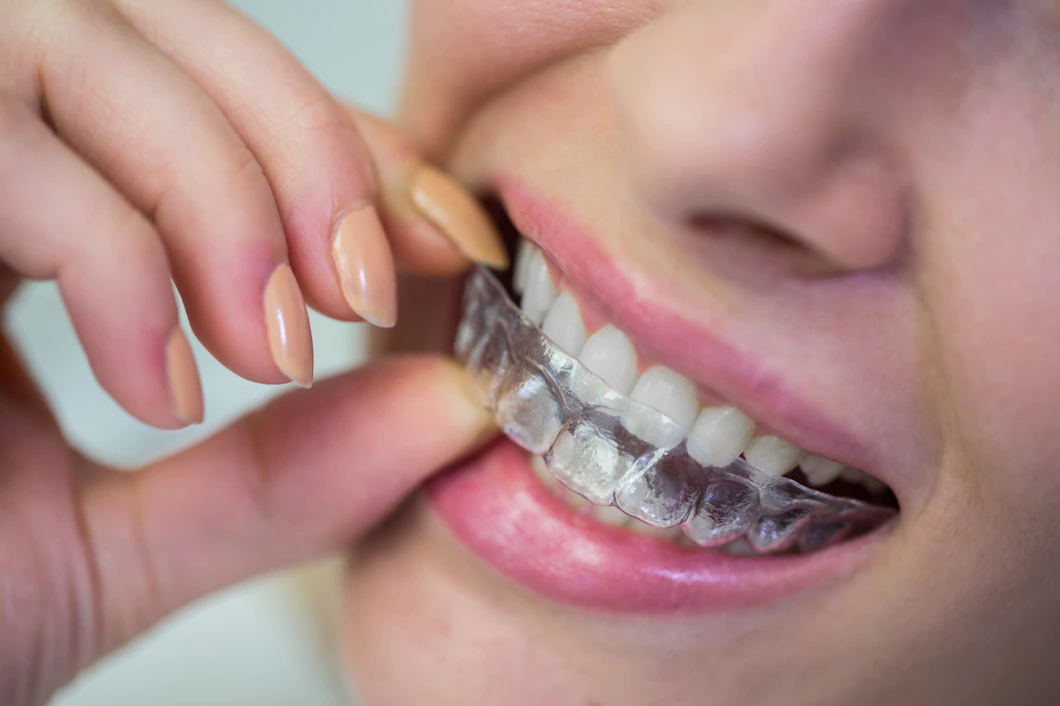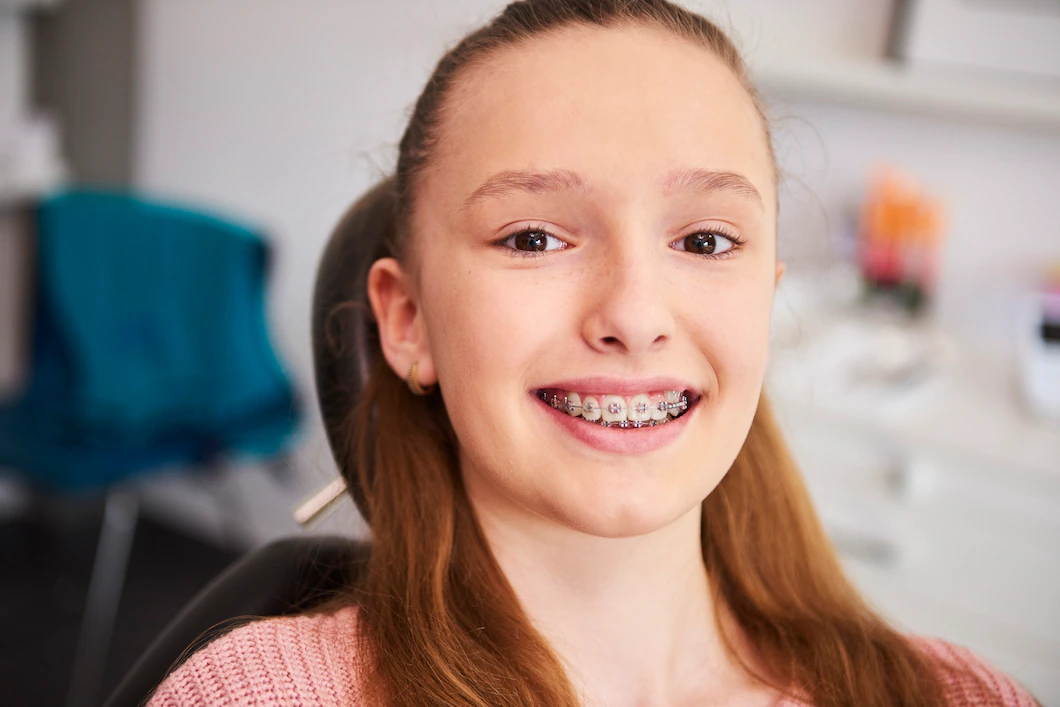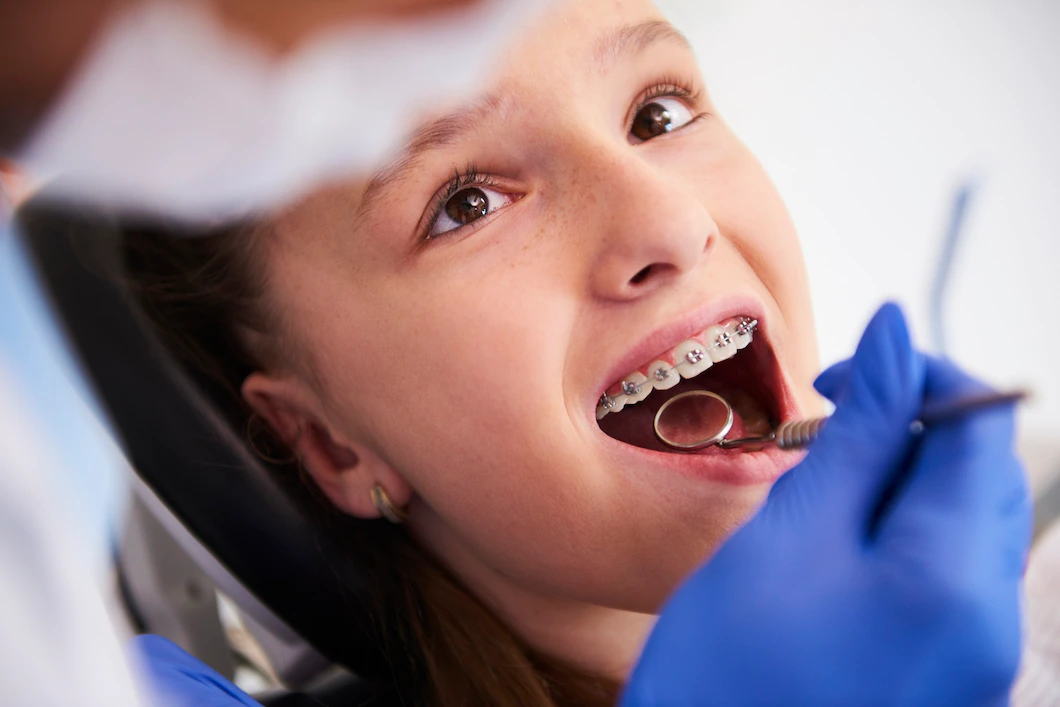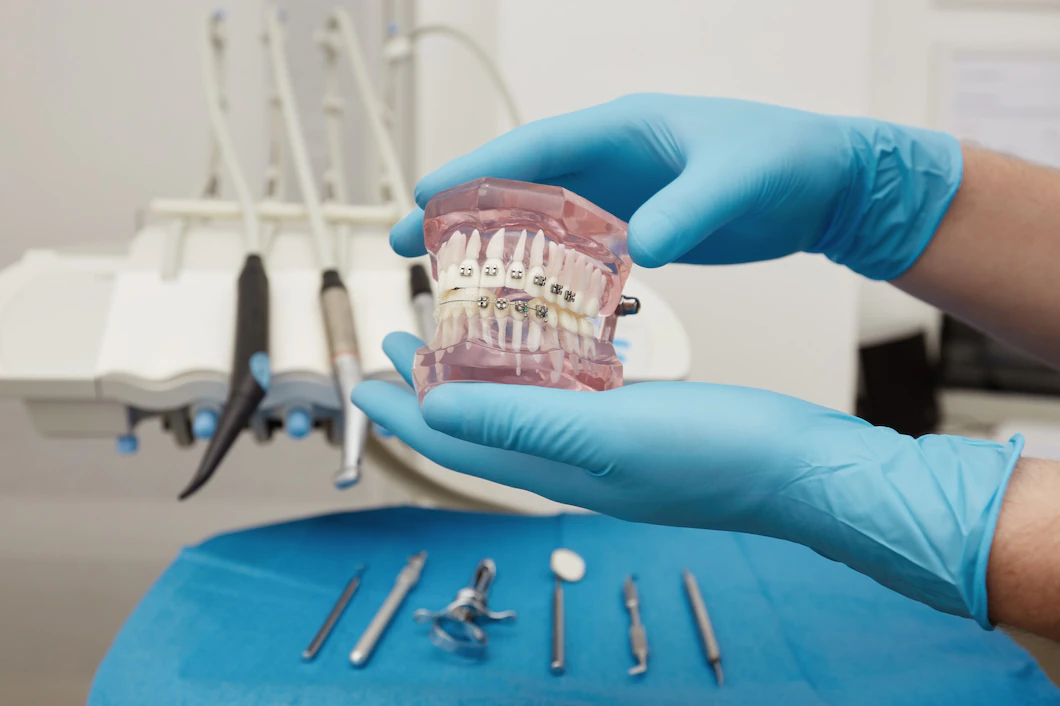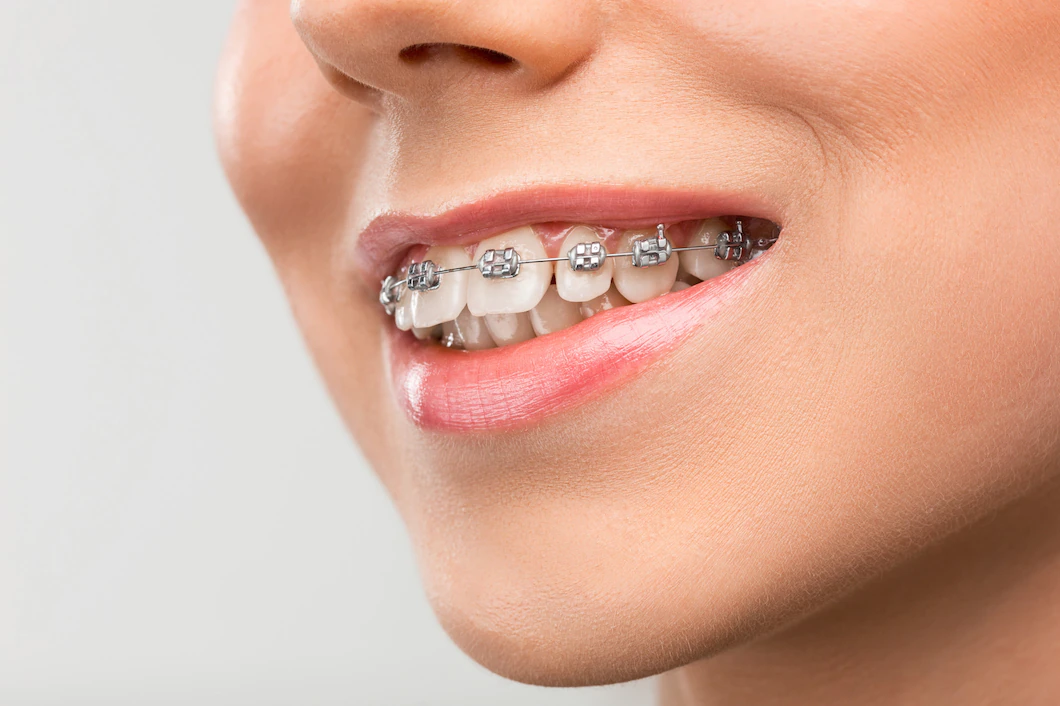Orthodontics (Braces Applications)
Orthodontics (Braces Applications)
Orthodontics is a branch of science that deals with the correction of perplexed teeth and the elimination of incompatibilities in the teeth, jaw, and face.
Orthodontists ensure that your jawbone and teeth are placed in the right place and in the right position.
By correcting the perplexity of the teeth, a great aesthetic gain is obtained, with many contributions to oral and dental health. By removing perplexity, these areas are cleaned more easily and more effectively, preventing caries and gingival diseases. Also, the closing of the teeth and jaws will improve, leading to a healthier chewing function.
When the child is about 7 years old, an orthodontist should determine whether the child needs such a treatment.
TREATMENT
1-FIXED ORTHODONTIC APPARATUS:
This is a form of treatment with brackets adhered to the tooth. These brackets can be made of metal or porcelain. Tooth-colored porcelain brackets do not cause any discomfort in terms of aesthetics.
2-REMOVABLE ORTHODONTIC APPARATUS: These are appliances that patients can insert and remove themselves. They are applied in simpler cases.
3-JAW ORTHOPEDICS: This is a field of orthodontics that aims to correct the deteriorated relations of the lower and upper jaws using special apparatuses attached to the face at young ages. Often, orthopedic treatment (providing harmony of the jaws) and orthodontic treatment (harmonious closing of the teeth) are performed together.
4-ORTHOGNATHIC SURGERY: Orthognathic surgery is applied in cases that cannot be corrected by orthodontic or orthopedic treatment. Jaw and facial disorders may occur congenitally or later due to accidents and diseases. The disharmony of the jaws to each other and to the face causes both aesthetic and functional discomfort in patients. With the advanced technology and surgical techniques, these disorders can be corrected.
5-INVISALIGN: In some simple cases, perplexity can now be corrected using transparent molds and without using brackets. These patient-specific plates will be changed every two weeks and should be used for about 20 hours per day. Each treatment requires an average of 60 pairs (lower-upper jaw) of different corrective plates. Treatment time is close to treatment with brackets. It differs from 6 to 24 months depending on the case.
Causes of Orthodontic Problems
1.Eating Disorders
2.Breathing Through the Mouth
3.Thumbsucking
4. Fake Pacifier
5. Type of Lying Down
6. Bad habits such as clenching teeth, biting nails, pencils, or lips.
7. Premature loss of primary teeth.
8. Tooth irregularities due to gum problems.
9. Irregularities due to tooth loss.
10. Irregularities due to the front teeth clamping the wisdom teeth.
11. Genetic predisposition.
12. Hormonal disorders and systemic diseases.
What to Pay Attention to in Orthodontic Treatment
Brackets cause food and bacteria plaque to collect easily. So, oral care is very important. A moderately soft brush should be used. Using special orthodontic brushes would be very helpful.
Using Superfloss dental floss is of great importance in ensuring complete hygiene.
Another auxiliary material to maintain your oral hygiene is using an interdental brush.
Mouthwashes can also be used alongside these, but remember that they can never serve as a brush or floss.
Hard foods such as apples and carrots should be cut before eating. Otherwise, they may break the brackets.
Shelled and hard nuts may cause the brackets to break, so their consumption should be avoided.
Sticky foods like caramel may stick to the brackets and cause them to rot or break the brackets. Routine checks are of great importance for gum health during this period.
Click for detailed information about the treatment.